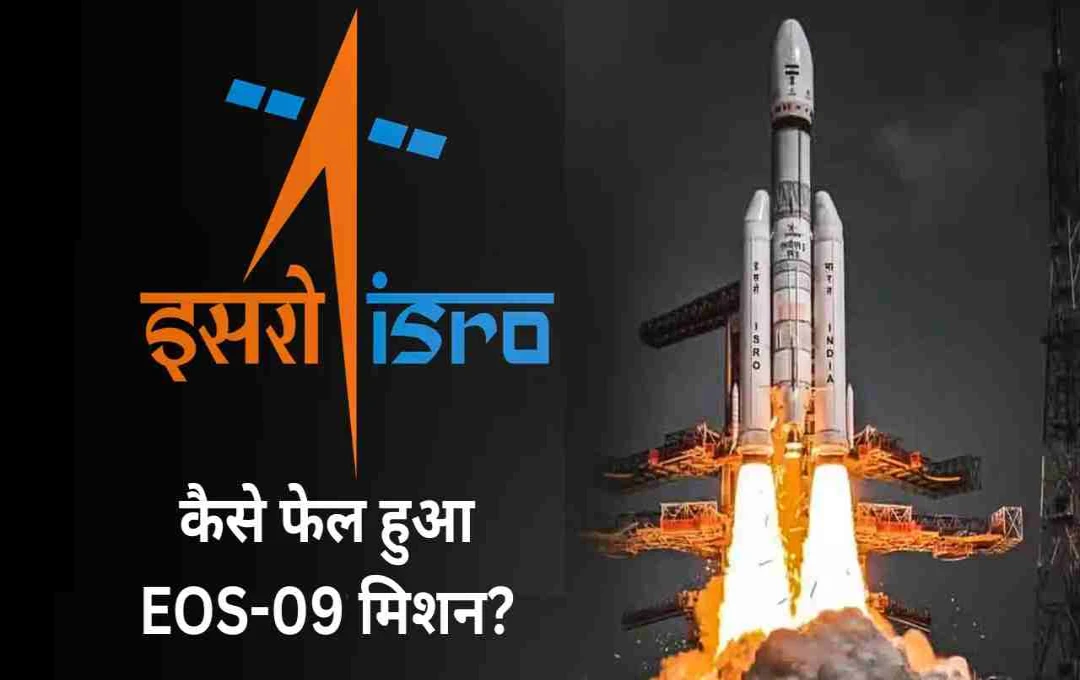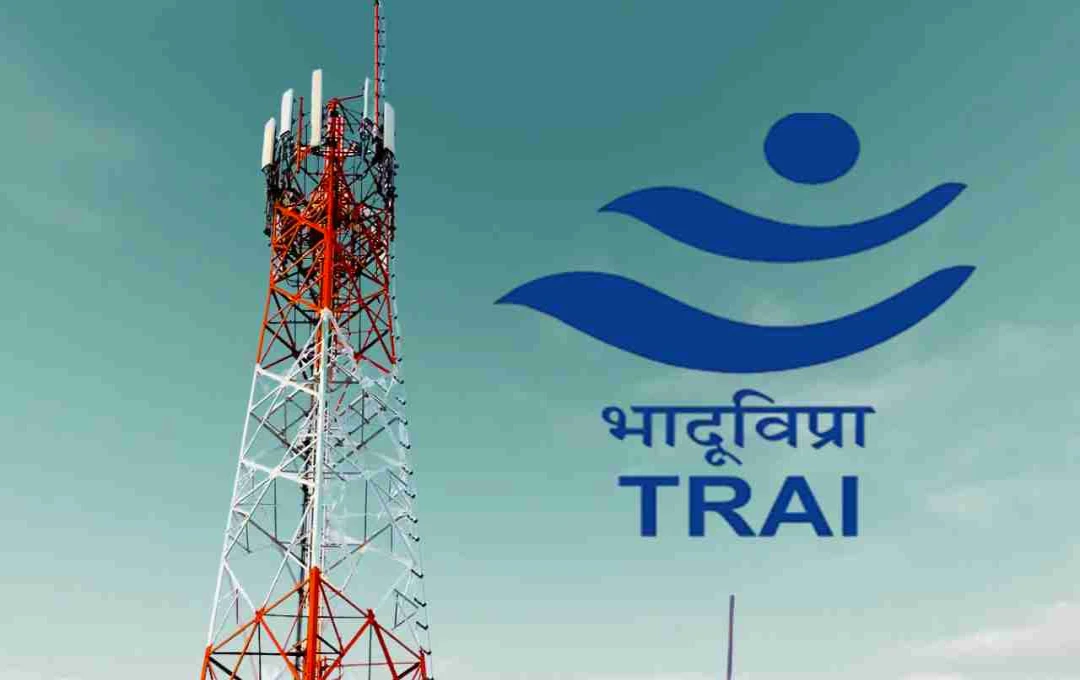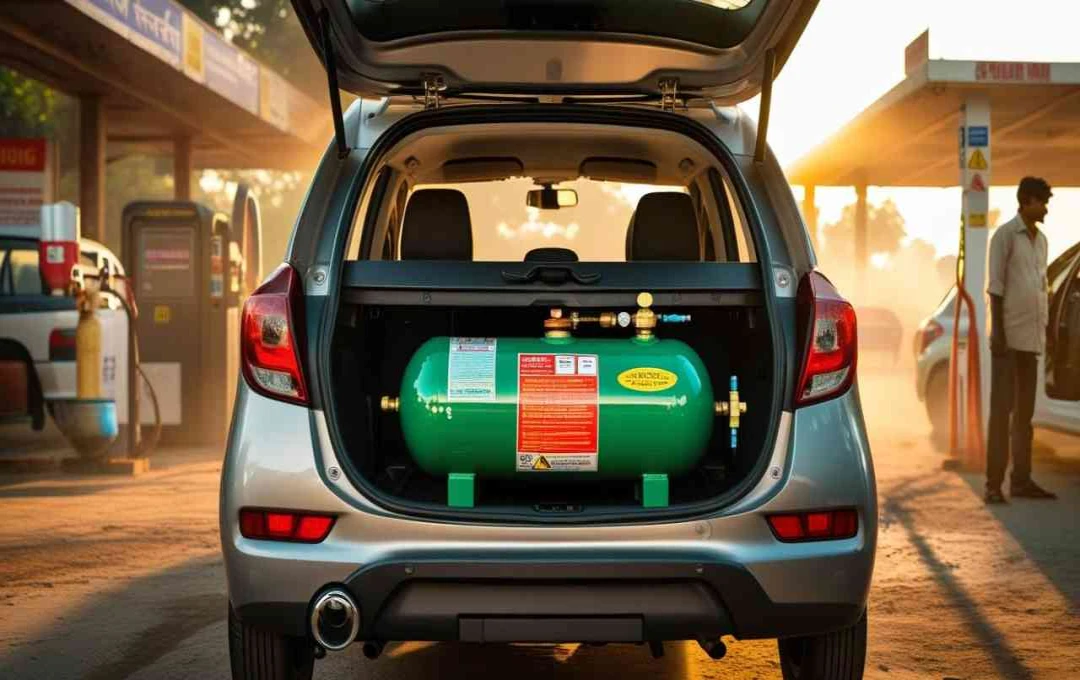ISRO's 101st satellite launch, scheduled for Sunday, May 18th, ended in failure. The mission aimed to deploy the EOS-09 Earth observation satellite using the PSLV-C61 rocket. However, a technical malfunction in the rocket's third stage prevented mission success.
New Delhi: The Indian Space Research Organisation (ISRO) suffered an unexpected setback on Sunday, May 18th, 2025, when its reliable PSLV-C61 mission failed. The mission aimed to place a state-of-the-art Earth surveillance satellite, EOS-09, into orbit, but a technical anomaly in the third stage resulted in mission failure.
This failure marks the first major setback for ISRO's PSLV rocket in eight years, posing new challenges to the Indian space program. Let's understand the reasons behind this failure, the features of PSLV, and its history in detail.
What Happened in the PSLV-C61 Mission?
The PSLV-C61 mission aimed to place the EOS-09 satellite into Low Earth Orbit (LEO), assisting in atmospheric monitoring, weather forecasting, and disaster management. ISRO Chairman V. Narayanan stated that a technical malfunction occurred in the rocket's third stage during launch, preventing the satellite from successfully reaching orbit. Currently, investigations into the cause of the failure are underway, and the ISRO team is working on it. Narayanan stated, "We are investigating this with utmost seriousness and will soon release the investigation report."
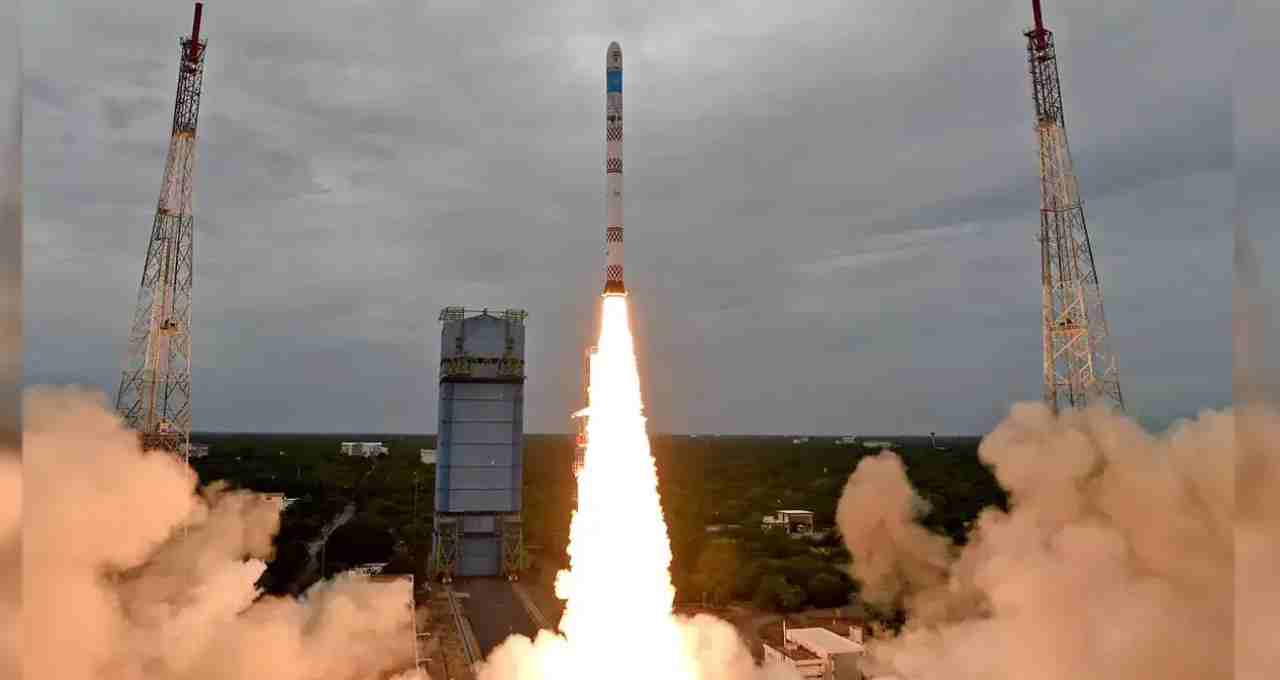
PSLV: Why is it ISRO's 'Workhorse'?
The PSLV (Polar Satellite Launch Vehicle) is considered ISRO's most reliable and popular launch vehicle. It has successfully completed numerous missions since the 1990s. PSLV is called the "workhorse" because of its ability to launch diverse payloads into various Earth orbits. Whether it's Earth surveillance, communication satellites, or navigation systems, PSLV has consistently demonstrated its robustness and reliability across various missions.
Furthermore, PSLV successfully executed high-profile programs like Chandrayaan-1 in 2008 and the Mars Orbiter Mission in 2013. It has launched numerous satellites not only for India but also for other countries, establishing its global reputation.
Failures in PSLV's History: Only Twice
The first PSLV mission failed in 1993 due to a launch vehicle malfunction during the PSLV-D1 mission. Subsequently, the PSLV-C39 mission failed in 2017 when the IRNSS-1H satellite could not be successfully separated. Additionally, the PSLV-C1 mission in 1997 was partially successful, failing to fully place the IRS-1D satellite into orbit.
Despite these experiences, PSLV has only experienced two major failures since 1993, highlighting its reliability. However, 2025 marks its third major failure.
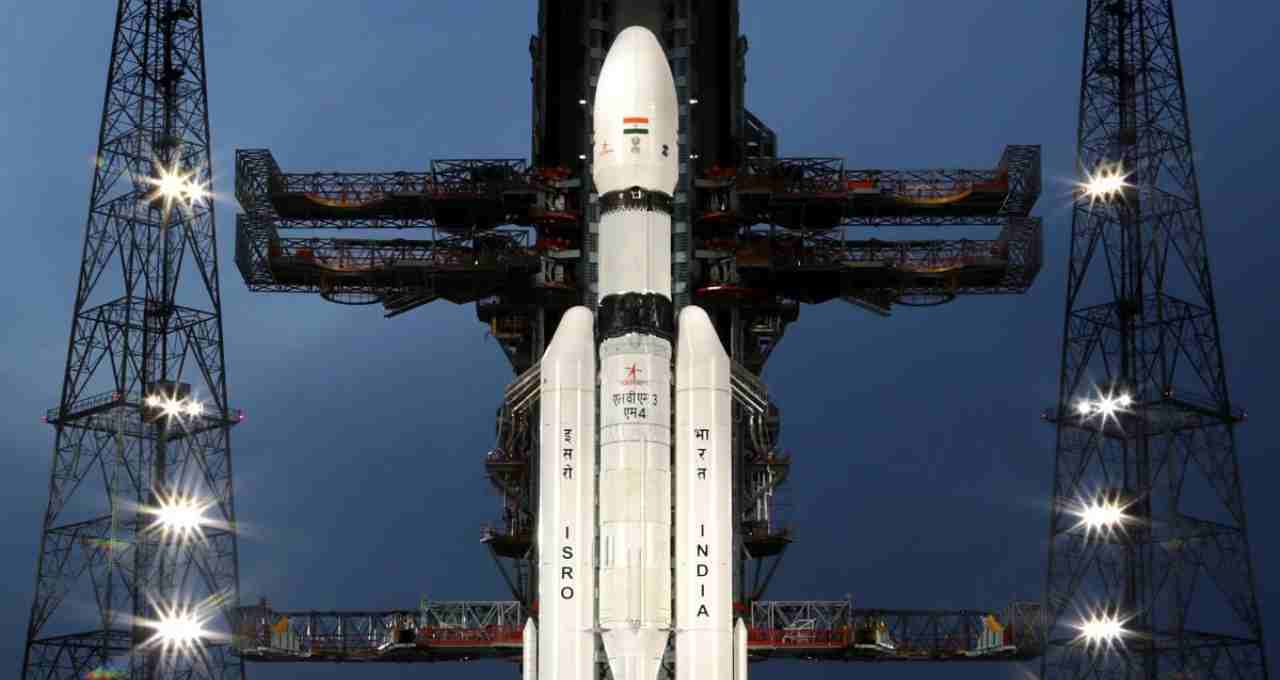
EOS-09 Satellite and its Importance
The EOS-09 satellite was developed for the Indian Meteorological Department and the Ministry of Defence, aiming to capture high-quality images of the Earth's surface and conduct environmental monitoring. This satellite was intended to provide crucial data for farmers, disaster management agencies, and researchers. Its failure will impact not only India's satellite surveillance system but also other socio-economic sectors relying on accurate weather and environmental information.
New Challenges for ISRO
This failure has raised several technical and strategic questions for ISRO. The reliability of the PSLV has been questioned, although ISRO has clarified that this is a rare occurrence and they are fully engaged in determining the cause and implementing corrective measures. Furthermore, maintaining India's position in the global space race requires ISRO to learn from this failure and further enhance its technology. Increased vigilance and technical scrutiny are needed for future missions to prevent such incidents.
